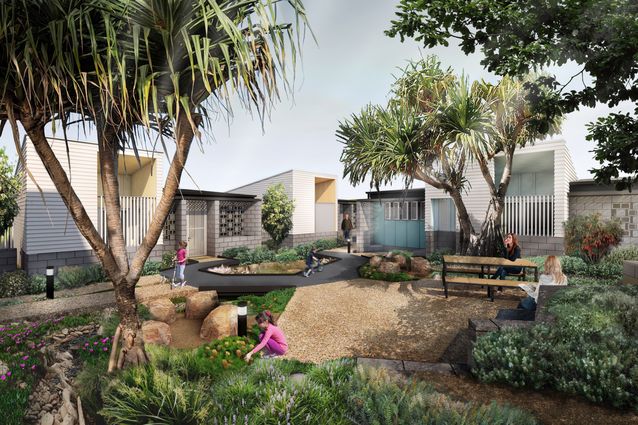
The federal government’s “Home Builder” program, which grants $25,000 to owner-occupiers who build a new home or substantially renovate an existing home, has missed the opportunity to boost social and affordable housing and sustainable design, says to the Australian Institute of Architects.
Owner-occupiers will be able to apply for the grant from 4 June until 31 December 2020. To be eligible they must have an income below $125,000 for singles or $200,000 for couples. The value of eligiable projects is capped at $750,000 for new home builds, and a range of $150,000 to $750,000 will apply for renovations on existing homes with a current value of no more than $1.5 million.
The government says the program is expected to provide around 27,000 grants at a total cost of around $680 million and will support 140,000 direct jobs and another 1,000,000 related jobs in the construction sector.
Julia Cambage, chief executive of the Institute, said the scheme is not sufficient.
“The HomeBuilder package is a good start and will help to protect some jobs, but the government has missed the opportunity to address two vital issues within the sector; social and affordable housing and sustainable design,” she said.
“New affordable and social housing needs to be a priority. A commitment to stimulus spending to procure social housing will immediately support confidence in the development sector while addressing a crucial long-term issue and the homelessness crisis exacerbated by the pandemic.”
Built environment professionals, as well as federal Labor and the Greens, have all called on the federal government to invest in social and public housing in recent weeks and following this announcement Labor’s Tanya Plibersek has told the ABC that the government has missed the opportunity to support emergency accommodation for people fleeing domestic violence, while opposition leader Anthony Albanese has raised doubts about how many people will take up the grants.
Cambage also stressed the importance of improving energy efficiency in the built environment, something not addressed in the grants scheme.
“While this has been recognized by governments through agreed changes to the National Construction Code, there are additional methods that could be introduced to provide both economic stimulus and energy efficient outcomes,” she said. “For instance, payments could be linked to delivering a project at NatHERS rating of 7 stars instead of the standard 6 stars to improve the sustainability of homes.
“The best energy efficient outcomes are a result of good design. Many people are unable to employ an expert to give them a long lasting, energy efficient home. If these professional fees were tax deductible, there would be an uptake in design services that would result in better living conditions for a larger proportion of the community.”
In April, the Institute published an economic stimulus submission for the government that laid out targeted stimulus measures in the building and construction sector that would help fast-track the economic recovery from COVID-19, including a focus on social housing and sustainable design.
“We urge the government to consider expanding the Home Builder package so that more Australians can benefit,” said Cambage.
Source: Architecture - architectureau



